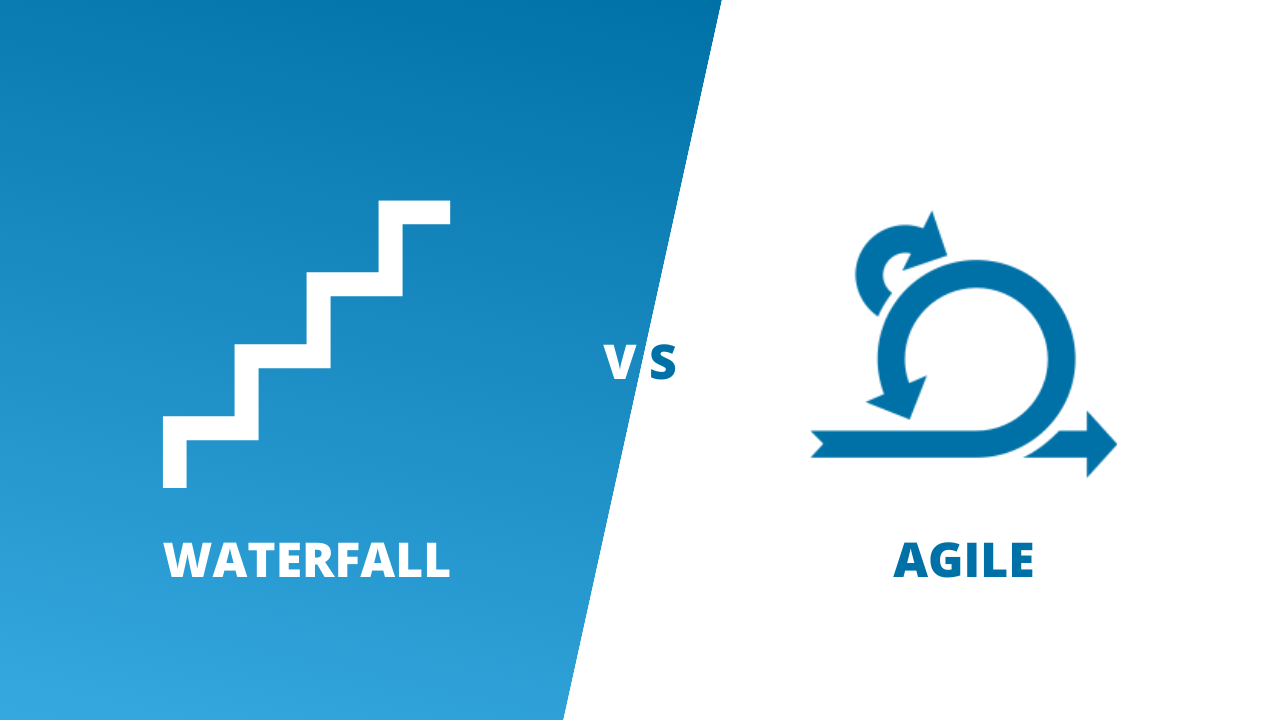In the fast-paced world of project management, selecting the right methodology for large and complex projects is crucial for success. The sheer scale and intricacies of such projects demand a careful approach that can efficiently handle challenges and ensure optimal outcomes. In this article, we will delve into the two primary methodologies used for such ventures – Waterfall and Agile. We will explore their characteristics, advantages, and drawbacks, allowing you to make an informed decision based on the unique requirements of your project.
When embarking on a large and complex project, one of the primary decisions you face is choosing the methodology that will guide the project’s execution. While both Waterfall and Agile methodologies have their merits, they approach projects differently, each suited to varying project needs.
Understanding Waterfall Methodology
The Waterfall methodology follows a sequential approach. It progresses through defined phases – requirements, design, implementation, testing, deployment, and maintenance – one after the other. Each phase is completed before the next begins, creating a structured and linear workflow.
Pros and Cons of Waterfall Methodology
Pros:
- Clear project structure and well-defined phases.
- Detailed documentation throughout each phase.
- Suitable for projects with stable and unchanging requirements.
Cons:
- Limited flexibility for changes after project commencement.
- Lack of customer involvement until later stages can lead to misalignment.
- Challenges in accommodating changes and feedback.
Getting Acquainted with Agile Methodology
Agile is an iterative approach that emphasizes collaboration and adaptability. It breaks projects into smaller cycles called sprints, with each sprint producing a potentially shippable product increment. This allows for continuous feedback and adjustments.
Pros and Cons of Agile Methodology
Pros:
- Flexibility to incorporate changes even late in the project.
- Regular feedback loops ensure alignment with stakeholder expectations.
- Enhanced collaboration and communication within cross-functional teams.
Cons:
- Requires active and constant stakeholder engagement.
- May lead to potential scope creep if not managed effectively.
- Detailed documentation might be lacking compared to Waterfall.
Comparing Waterfall and Agile for Large, Complex Projects
Selecting the right methodology depends on the nature of your project. Waterfall suits projects with well-defined, unchanging requirements. Agile is better for dynamic projects that require adaptability and customer involvement.
Factors Influencing Methodology Selection
Factors like project complexity, team size, stakeholder involvement, and industry regulations play a significant role in determining the appropriate methodology.
Adapting Agile in Large Projects: The Scaled Agile Framework (SAFe)
For larger projects, the Scaled Agile Framework (SAFe) offers a structure to implement Agile practices across multiple teams and levels, maintaining alignment and scalability.
Case Studies: Real-world Examples of Methodology Implementation
Examining case studies helps grasp how different methodologies are applied in actual scenarios, showcasing their challenges and successes.
Mitigating Risks in Large Projects through Methodology Selection
Methodology selection directly impacts risk management. Addressing potential risks early on ensures a smoother project journey.
The Human Factor: Communication and Collaboration
Both methodologies rely on robust communication and collaboration among team members, stakeholders, and customers.
Enhancing Project Flexibility and Adaptability
Agile’s iterative nature allows projects to evolve as market trends and requirements change, increasing the chances of success.
Budgeting and Resource Allocation: Methodology Considerations
Proper allocation of resources and budgeting depends on the chosen methodology, with Agile allowing for more dynamic adjustments.
Choosing Wisely: Selecting the Right Methodology for Your Project
Evaluate project requirements, stakeholder expectations, and team capabilities to make an informed choice between Waterfall and Agile.
Conclusion
In the realm of large, complex projects, there is no one-size-fits-all solution. Both Waterfall and Agile methodologies offer unique benefits, and the choice depends on your project’s specific demands. Consider the nature of your project, your team’s strengths, and your stakeholders’ preferences to select the methodology that sets you on the path to success.
More info: waterfall vs agile




